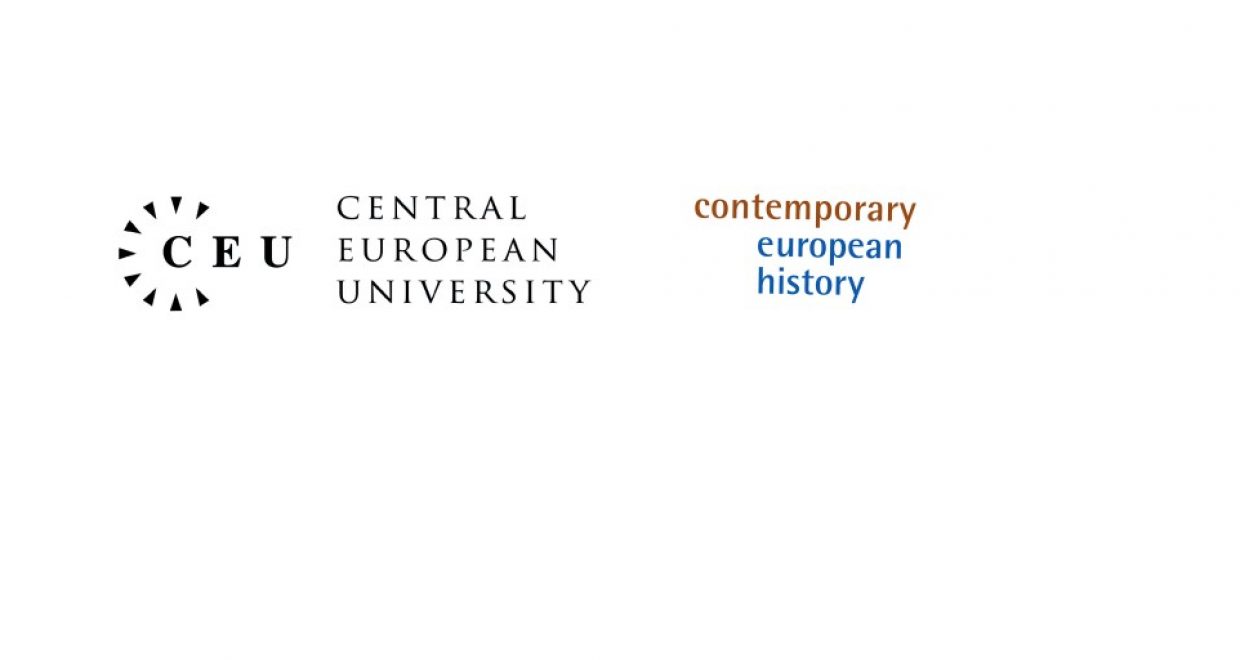Common Beginnings with a Common Purpose: Contemporary European History and the Central European University
Part 2 from the introduction to the virtual special issue from Contemporary European History.
In 1989 it seemed clear that glasnost in the Soviet Union had set in train unknown but certainly far-reaching changes in the Soviet Union and East Central Europe. It was these events which stimulated the founding of the new journal, Contemporary European History. The whole point of the journal was to look at Europe as a whole, from the Atlantic to the Urals (as the area was then described), and to incorporate the history of the eastern part of Europe into ‘European’ history, rather than treating it as another part of the world. No other journal did this. We wanted to encourage colleagues from East and East Central Europe to join the international academic community, from which many had, for obvious reasons, been excluded. This was not being patronising: we were convinced that we in the Western academic world had as much to learn from them as they had from us. Accordingly, we asked several colleagues from these areas to join the Board of the journal, and we asked others to act as referees for articles.
Over the years a substantial number of colleagues connected in various ways with the Central European University contributed to the journal as writers of articles or review articles or as members of the Editorial Board of Contemporary European History. It is not, therefore, surprising that this journal is intensely concerned with the Hungarian Government’s apparent desire to curtail the academic and thus the intellectual freedom of a great university.
Read the virtual special issue for free during 2018
Read the full introduction to the virtual special issue
Professor Kathleen Burk, University College London, is Founder Editor of Contemporary European History.





